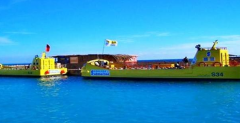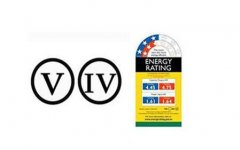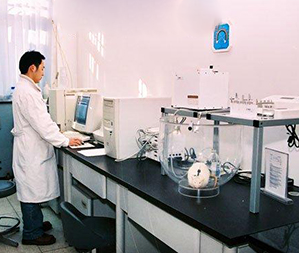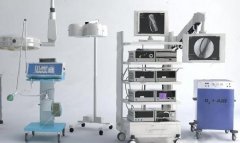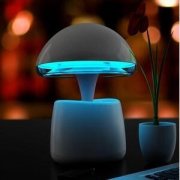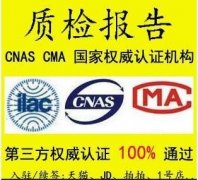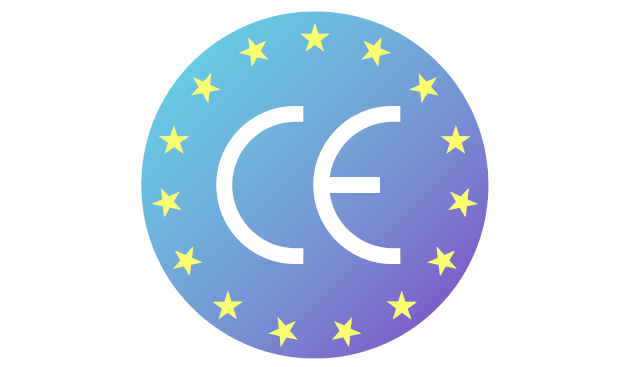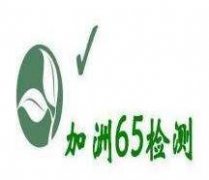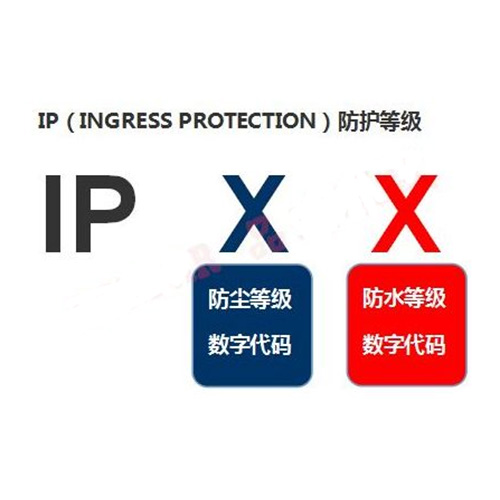|
• IEC/EN62133 Secondary cells and batteries containing alkaline or other non-acid electrolytes — Safety requirements for portable sealed secondary cells, and for batteries made from them, for use in portable applications 含碱性或非酸性电解液的二次单体电池和电池(组):便携式密封二次单体电池及应用于 便携式设备中电池(组)的安全要求 2009 年6 月,IECEE CB 体系的认证管理委员会(Certification Management Committee, CMC)制定了锂电池需要遵守IEC 62133 标准的决议ACAG/1398/DSH,并制定了相应的 时间表(三个阶段)。但后来由于IEC 62133 标准正在升级(第二版2012 年12 月已正式 发行),以及CB实验室委员会(Committee of Testing Laboratories,CTL)对第一版IEC62133 标准以及UL 等标准,最终决定推迟施行该决议。CMC 重新制定了初步的延迟后IEC 62133 导入时间表,具体如下: 2011.5.1 之前可直接接受通过UL 1642 标准认证的电芯。
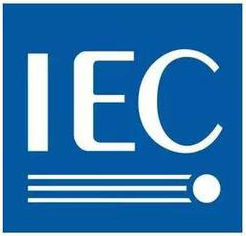
2011.5.1~2012.5.1 不可直接接受仅通过UL 1642 认证的电芯,必须加测IEC 62133 与 UL 1642 的差异项目。 2012.5.1 之后不管是电池(Battery Pack)还是电芯,都必须完全按照IEC 62133 标准进行测 试评估,并须符合标准 IEC 62133: 2012 标准范围 scope: This International Standard specifies requirements and tests for the safe operation of portable sealed secondary cells and batteries (other than button) containing alkaline or other non-acid electrolyte, under intended use and reasonably foreseeable misuse. 本标准规定了含碱性或非酸性电解液的便携式密封二次电池单体和电池(组)(不同于钮扣型电 池),在预定用途和可预见滥用情况下的安全性能的要求和测试方法。 锂电池测试项目test items of lithium systems battery:
• 1. Charging procedures for test purposes:测试前的充电程序 标准对充电程序规定了相应充电条件,规定了45度的充电上限温度和10度的充电下限温度,以 及上限充电电压4.25V/cell, 在测试前对应的样品需按照本条款的充电程序进行预处理。
• 2. Continuous charging at constant voltage (cells):按制造商规定对满电电芯充电7天 接受准则:no fire, no explosion, no leakage.
• 3. Moulded case stress at high ambient temperature (battery):当电池在高环境温度下使用不 能暴露内部组件 接受准则:No physical distortion of the battery case resulting in exposure of internal components.
• 4. External short circuit (cell):在环境温度下短路电芯正极和负极不能着火或爆炸 接受准则:No fire, no explosion, no leakage.
• 5. External short circuit (battery):在55度温度下短路电池正极和负极不能着火或爆炸 接受准则:No fire, no explosion.
• 6. Free fall:电池从1m高度跌落至地板不能着火或爆炸 接受准则:No fire, no explosion.
• 7. Thermal abuse (cells):当电池在一个极高的温度(130度)下保持10分钟不能着火或爆炸 接受准则:No fire, no explosion.
• 8. Crush (cells):给一个13KN的力对电池进行挤压,不能着火或爆炸 接受准则:No fire, no explosion.
• 9. Over-charging of battery:将放电的电池以2.0ItA电流进行充电,并监控电池表面温度,直至 电池表面温度温度或回到环境温度,不能着火或爆炸 接受准则:No fire, no explosion.
• 10. Forced discharge (cells):含有多个电芯的器具中的单个电芯要承受极性反向,不能着火或爆 炸 接受准则:No fire, no explosion.
• 11. Transport tests:电池产品需满足UN38.3,或IEC 62281, 并能够提供相关的证明材料。
• 12. Design evaluation – Forced internal short circuit (cells) 该测试模拟锂电池在电芯内部混入金属颗粒,刺穿隔膜引起的一个内部短路问题,
• 该测试不适用于 聚合物电芯,并仅以下国家规定测试:France, Japan, Korea, Switzerland 接受准则: No fire. (Record the pressure when short-circuit occurred if there was no fire.) 申请IEC 62133: 2012认证需提供以下文件和样品: 样品数量: -锂聚合物电池:电芯65PCS,电池25PCS -液态锂离子电池:电芯75PCS,电池25PCS 检测周期:IEC 62133 测试3周, CB认证3-4周 资料:ISO质量体系证书,规格书,BOM表,电路图,PCB Layout图,原件规格书(如:保险丝, MOS管,电芯,PTC,感应电阻等的规格书),标贴,认证元件清单。
|


